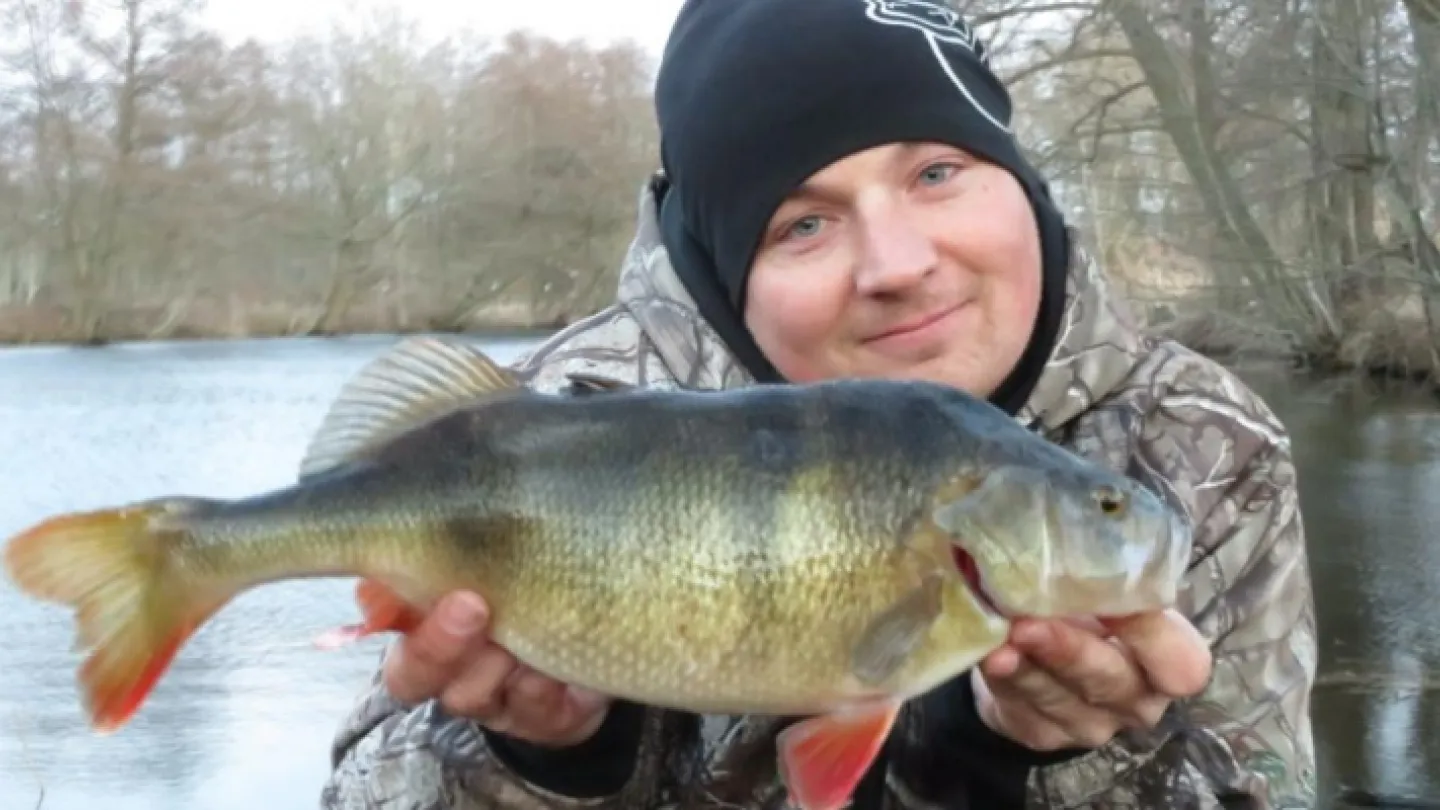In the Karlskrona archipelago, there are good chances of catching many perch.

Perch fishing
The perch is the most common sport fish in Sweden. For some dozen years ago the perch was virtually extinct in Karlskrona archipelago, but in recent years the species has rapidly increased in number. Now, the reproduction is again good and there are good chances of catching many and quite large ones here in the archipelago. Both small and large perch likes to have protection around. It is common to find it next to docks, piers, reeds and rocks. Warm summer evenings and early mornings the perch is often hunting and frightens small fish so that they jump.
More about perch fishing:
It is precisely in late summer that it is easiest to catch the perch. It is a grateful species to start fishing for young and old as it is often found where we humans are during the summer such as piers, stone slabs of islands that fall into the water and quickly deepen a few meters out, piers and harbors where pike and other small fish gather in large shoals. Angling perch at these places is therefore rewarding. Worms, maggots and preferably seaweed shrimp are successful choices. The big perch likes to take a joke that you have tackled on a three-hook. When fishing with live bait, you need to lead down the bait and use a larger float. If you fish with seaweed shrimp, you put a pear lead along the bottom of the line. A few decimetres above the weight, you make a roughly decimeter long hanger (line that goes out from the main line) on which you attach a very small wooden hook. This is called the paternoster tackle. Then attach the seaweed shrimp to one of the three hooks. You can use float when angling with a paternoster tackle, but often it is not needed. Just lower the tackle until you feel the bottom, stretch and wait. Often the cut will come soon if you have chosen the right place. Seaweed shrimp can be obtained by raking among seaweed gravel.
Other effective ways to fish perch are with light spinning equipment such as a seven-foot light reel rod with a thin braided line (max. 0.15 mm). A small ball-bearing player of good quality means that spinners and other baits do not twist the line. Small spinners in copper, gold and brass usually work well. Elements of red make the spinner even hotter. Small jigs that are jigged - the rod tip is pulled up as you crank in the slack line again and again - are often very effective.
A relatively new way of fishing for perch is vertical fishing, where the boat is positioned, for example, in a fairway for sea traffic where it is a little deeper than the surrounding water. You often see fine drills on the boat's sonar and then you let the well-weighed bait, often a jig on a hanger (see above) drip down near the fish you have seen on the screen. This method is called, among other things, drop-shot fishing. Narrowings between islands where it gets deeper in between are suitable places.
The perch is a delicate fish and is therefore fished hard. It is very important that you do not catch more fish than you need for a dinner on the same day. Filling a bucket with perch just because they are chopped is a human stupidity of the grosser kind. We must all contribute to the perch not disappearing from our archipelago again and to future generations being able to enjoy an exciting and rewarding perch fishery. You contribute to this by releasing caught perch and by catching only a few when they are chopped.
Text: Gunnar Ahlström
